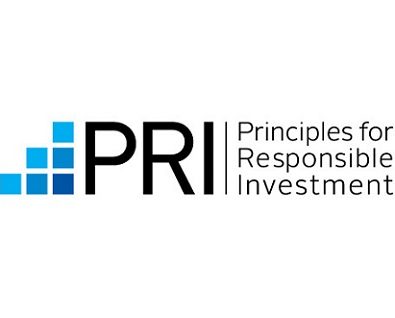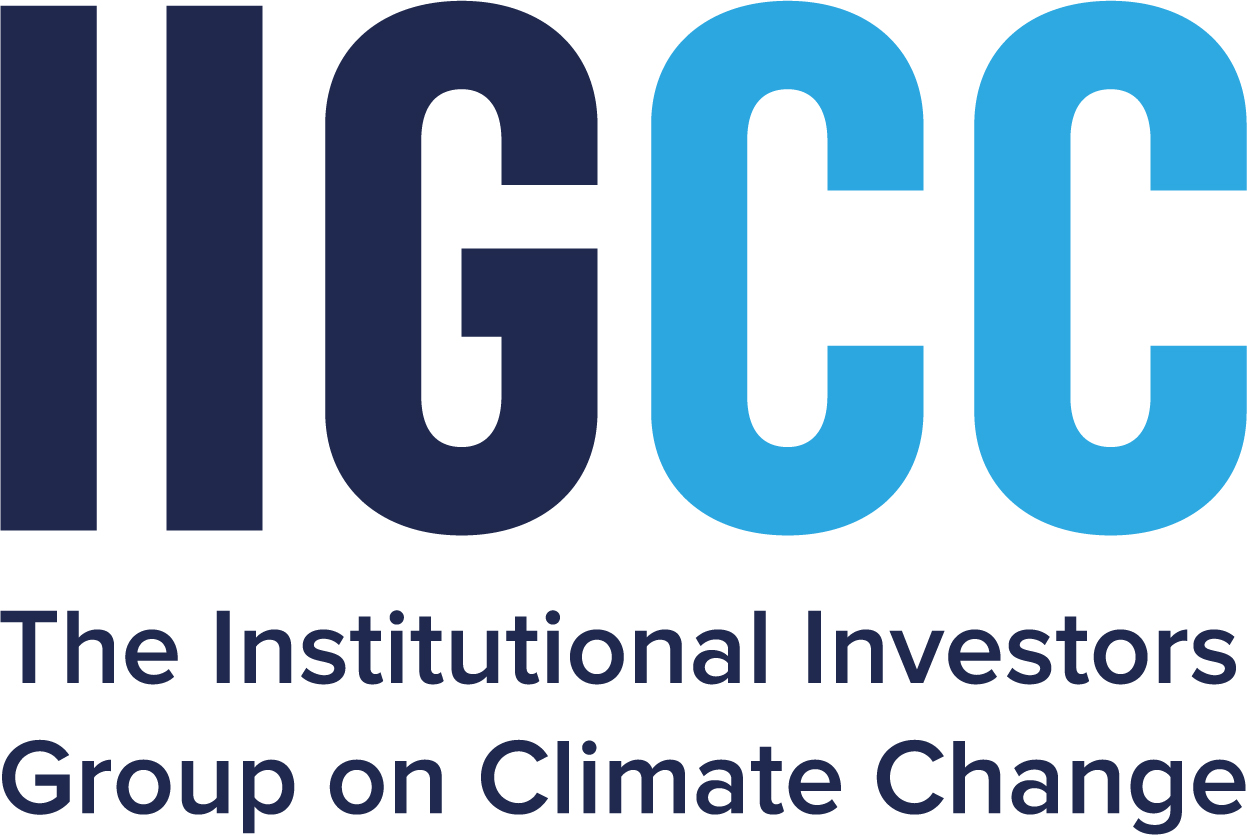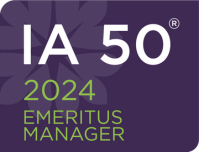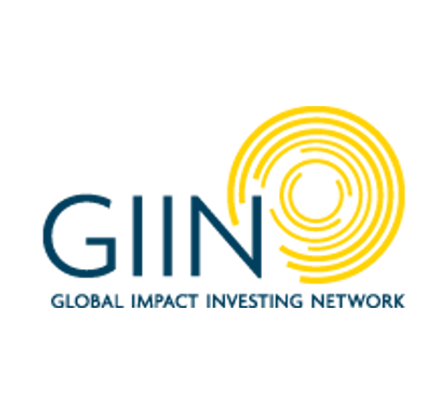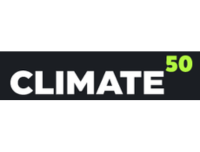The coming decades will be defined by dramatic changes that threaten to upend natural and man-made systems alike. From population growth and migration to dwindling natural resources and technological disruption, the impacts of these trends will be complex. The resulting conflicts, displacement and growing economic inequality will have profound and often destabilizing impacts on societies around the world.
It’s difficult – but helpful – to try to quantify the scale of these challenges. Using the UN Sustainable Development Goals as one metric, it would take as much as US $7 trillion more per year in financing to achieve them globally. That is a scale of investment that dwarfs government foreign aid budgets and philanthropic grant capital. It can be reached only through coordinated private investment.
Fortunately, a growing number of investors are already seeking out opportunities to align their dollars, euros, pesos and renminbi with global opportunities to prepare for and adapt to change. These impact investors can be drawn to the effort in different ways. Some are fundamentally philanthropic, seeking new tools through which impact innovation and scale can exceed the power of traditional aid. But others are long-term investors who see that the best way to drive financial return, mitigate risk and even discover new market opportunities is to measure and account for social and environmental impact.
At the U.S. Impact Investing Alliance, our mission is to help catalyze the market for these opportunities in the United States. The U.S. has a vibrant and growing marketplace for impact investment. Once dominated by philanthropic actors and high net worth families, today we see mainstream institutions like Bank of America Merrill Lynch, Morgan Stanley, BlackRock and TPG among others entering impact investing at the behest of a range of individual and institutional clients.
Though the U.S. has in some ways led the charge in financial innovation and investor engagement around impact, the conversation has been disproportionately focused on the domestic market. Data from the 2017 GIIN Annual Investor survey found that 70 percent of impact assets domiciled in the U.S. and Canada are invested in the U.S. and Canada. Compare that to 22 percent of Western European assets that stay close to home.
The GIIN survey is not exhaustive – it doesn’t claim or try to be – but we can use this as one helpful data point for thinking about how our market has developed. A disparity that large suggests a complex array of factors at play. One clear difference between the U.S. and Western Europe is relative size and scope of their development finance institutions (DFIs). These agencies use the tools of private sector finance to spur private investment in emerging markets in a way that supports development and strategic objectives.
In recent years, many European DFIs have seen their mandates grow significantly to include innovative financing tools – tools which are not available in the U.S. As Devex reports just this month, the U.K. will invest at least $800 million per year through its DFI, the CDC (Commonwealth Development Corporation). This announcement comes as the institution unveils a new strategy that will diversify its portfolio of equity and debt finance to include a higher proportion of early-stage, higher-risk investments. Even still, the institution has averaged a 7 percent ROI as it supports development objectives in sub-Saharan Africa and South Asia. And even with this new infusion of capital, the CDC’s budget as a proportion of British development aid comes in behind the DFI budgets of the Netherlands, Germany and France.
The Overseas Private Investment Corporation (OPIC) is the U.S. government’s development finance institution. In both real and relative terms, the institution is small compared with some European counterparts. In 2013, for instance, OPIC’s $67 million operating budget was about half that of Germany’s DEG, and its total portfolio was about a third the size relative to GDP.
OPIC supports projects that create jobs and business opportunities at home while delivering clear impact in nearly 100 countries around the world. It leverages limited public investment to attract billions of dollars in private capital. And to top it off, for 39 consecutive years it has returned money to the Treasury, reducing the deficit by $2.6 billion over the past eight years alone.
OPIC delivers this strong set of results by offering a suite of financial products – political risk insurance, loans and guarantees – that help U.S. firms enter markets that would otherwise prove inhospitable. At home, this helps support jobs and increase exports. Abroad, it creates economic opportunity in developing countries and provides solutions to challenges that traditional aid cannot single-handedly address. The ability to use development finance to leverage private capital can also free up government resources to be deployed elsewhere.
And yet OPIC remains constrained in terms of how it can operate. It can’t, for example, take equity positions in deals that it supports, even though that’s often the type of capital that emerging markets lack. Even allowing the organization to retain a portion of its profits each year – to support administrative costs, feasibility studies or technical assistance programs – would have a transformative effect.
Such proposals are neither radical nor new. Members of Republican and Democratic administrations alike have lined up to support these sorts of common sense changes, but they have struggled to gain traction in a climate of partisan gridlock in Washington. Yet, the demand for OPIC investment capital is there. Even with the restrictions in place, OPIC turns away many more deals than it’s able to take on each year.
We can see what’s already happening today when the incentives line up to attract private capital. “There’s a virtuous cycle that forms when a DFI invests in a community,” says Nancy Pfund, managing partner of DBL Partners. “Even beyond the leverage created on the dollars invested, support from OPIC and USAID is a signal that helps funds like mine follow suit. Once we are able to go in and prove the feasibility of the investment, even larger commercial pools of capital can follow and take the company to scale.”
To read the full article, visit Next Billion.




